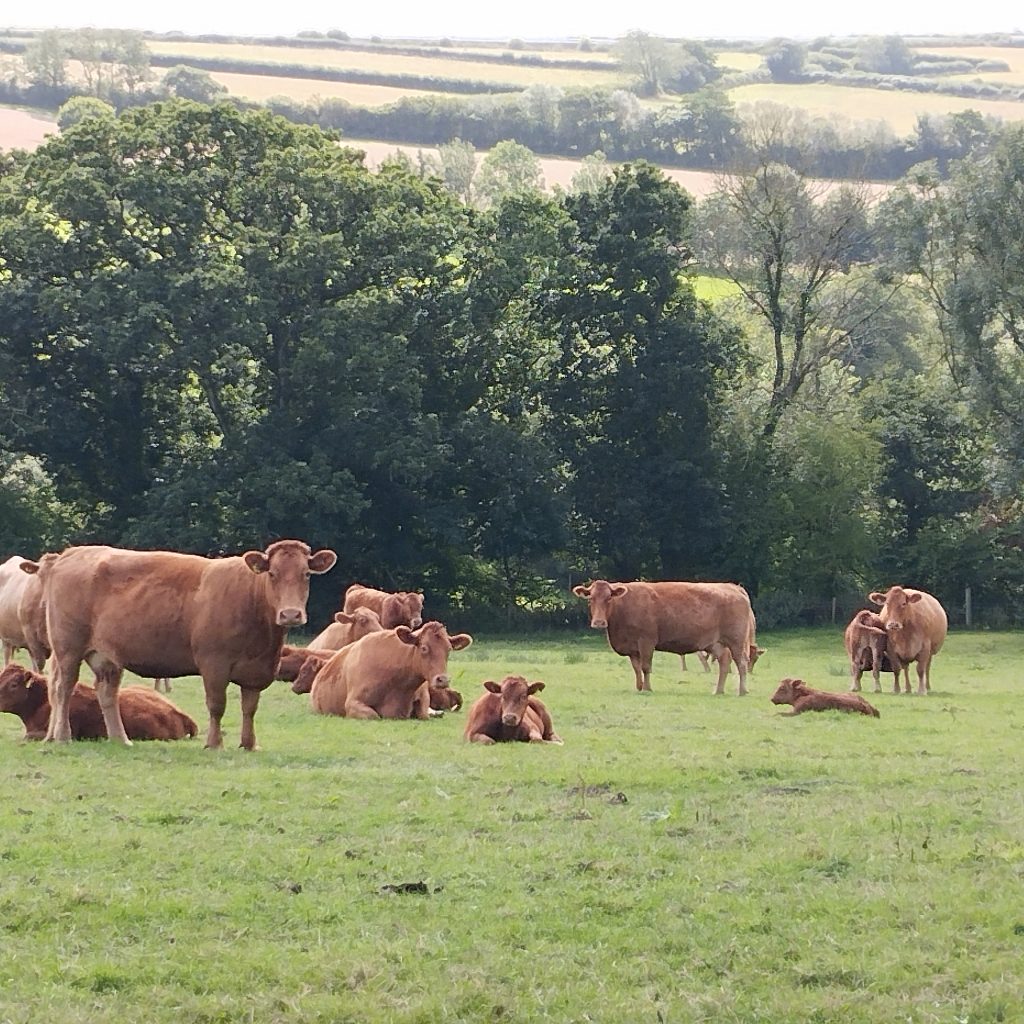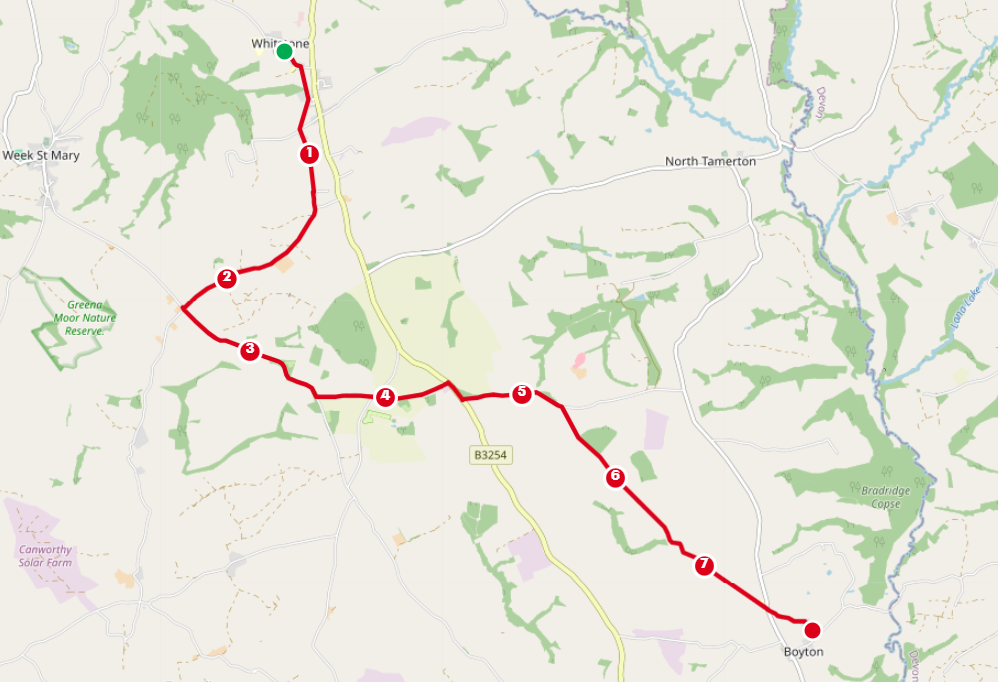
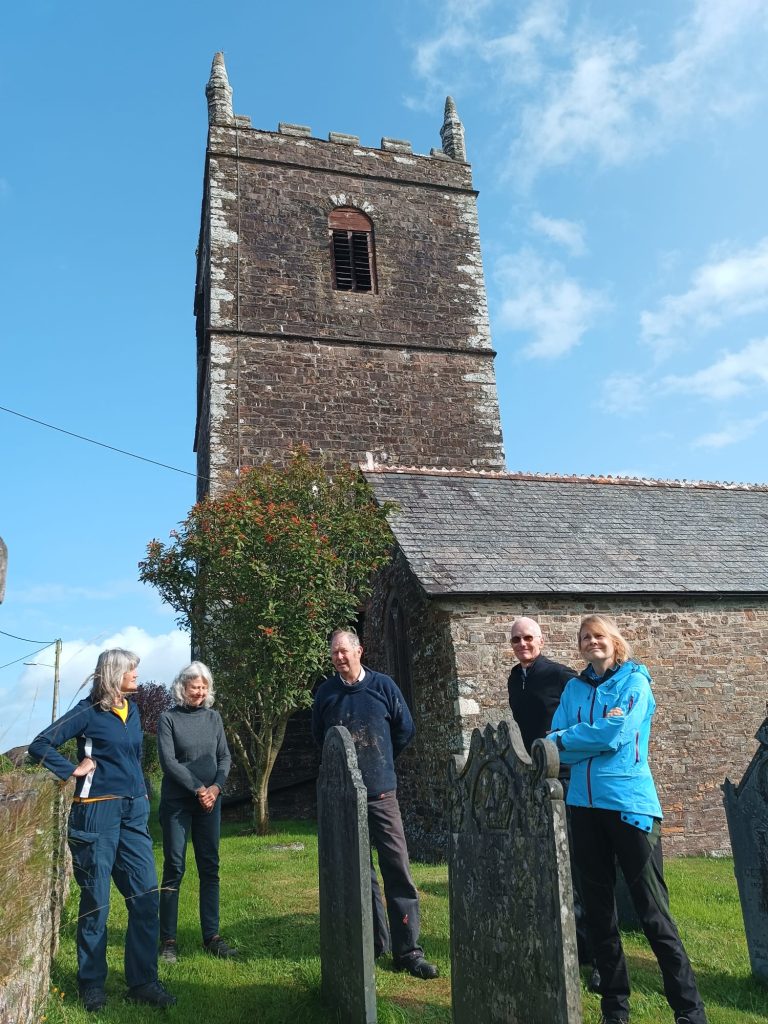
Ex policeman Norman gave us a great history of the church, the village and area. There was no war memorial here so Rev’d Medcraft, designed and had a tablet installed in the church, despite objections from the Bishop. It was a bit of a do with the Marquis of Queensbury, who had family ties with Medcraft, preforming the unveiling in 1950. The font possibly the 2nd oldest in Cornwall. Beautiful stained glass windows and carvings throughout. Like many the screen was removed, saw marks still evident. A boiler was installed for heating and the flue has a chimney pot on the roof, that must be a 1st. The 5 bells and roof are only accessible by ladders, no spiral steps at this church, another 1st for us. We made lots of noise…. Norman has rung in all Cornwall’s churches bar 3, (and many in Devon) we left him continuing his maintenance jobs and left a car here, and drove to St Anne Whitstone (dont mix up with St Anne, Whitstone, Exeter).
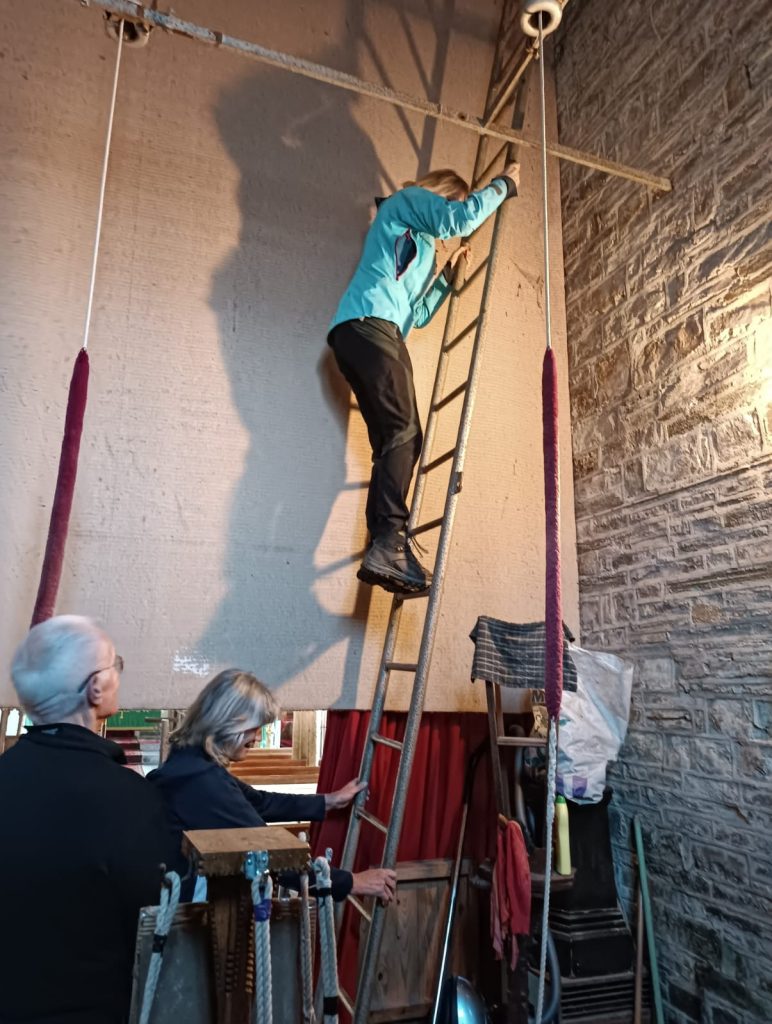
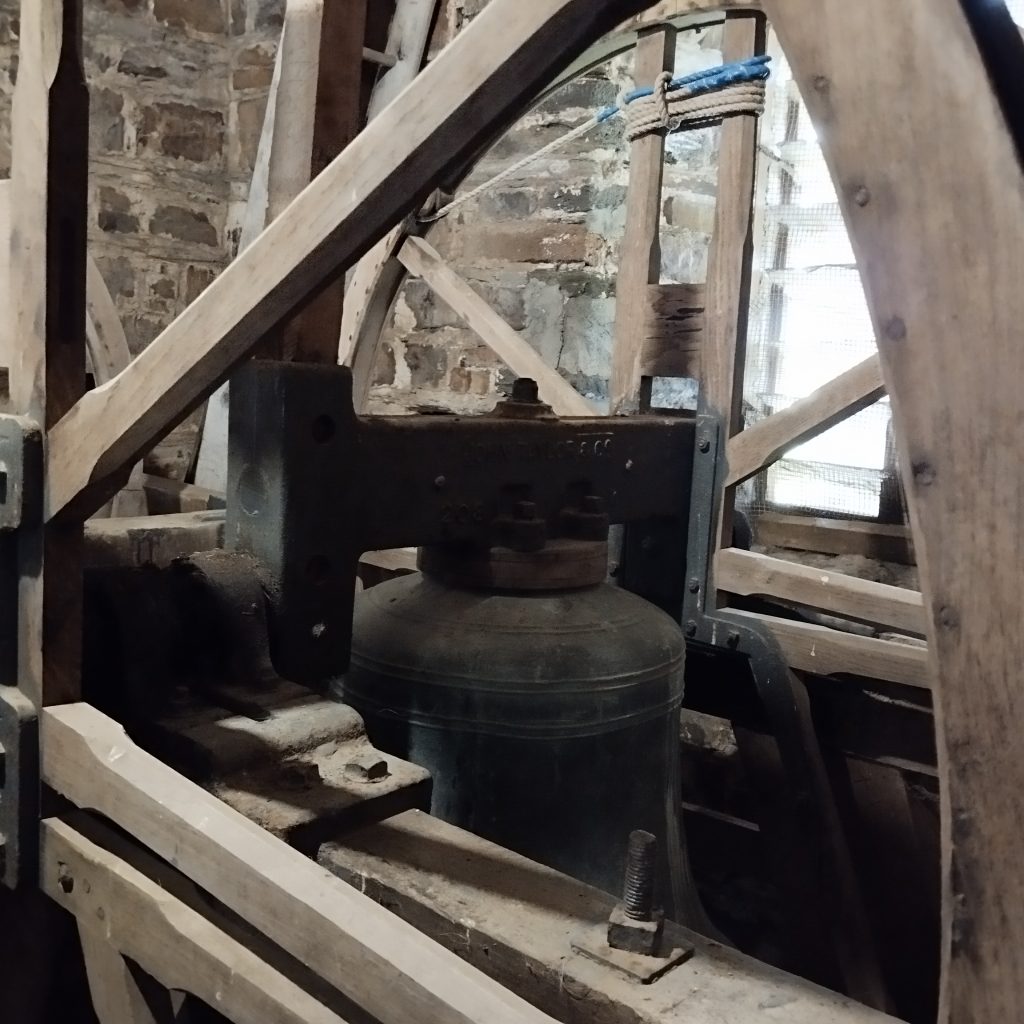
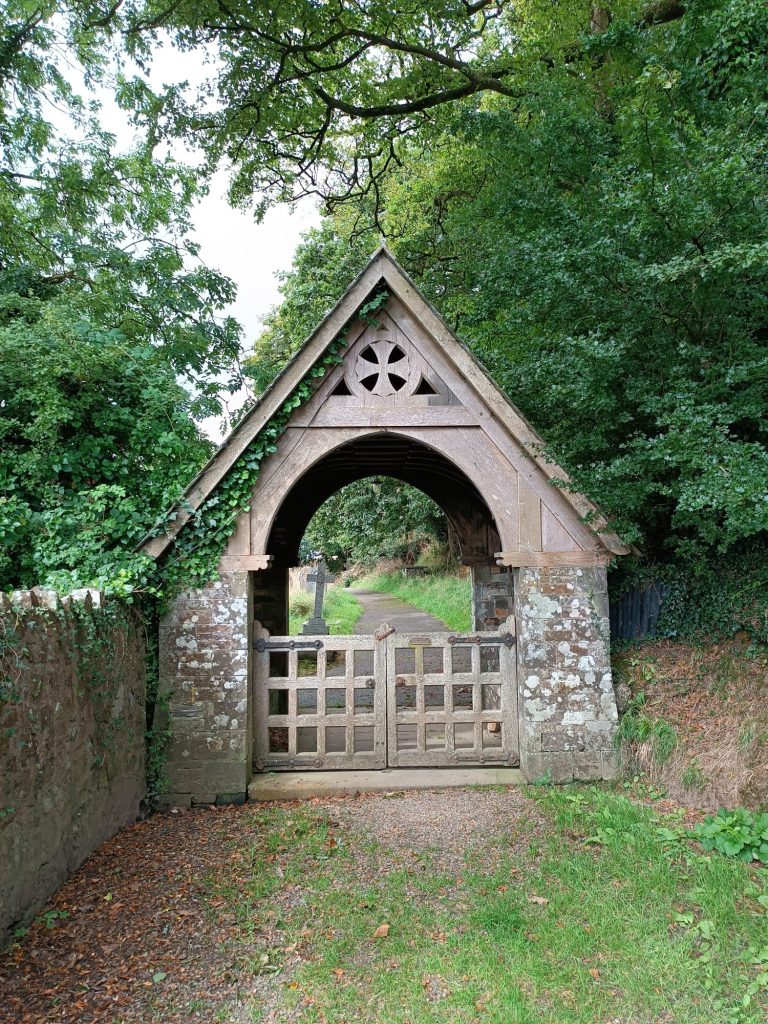
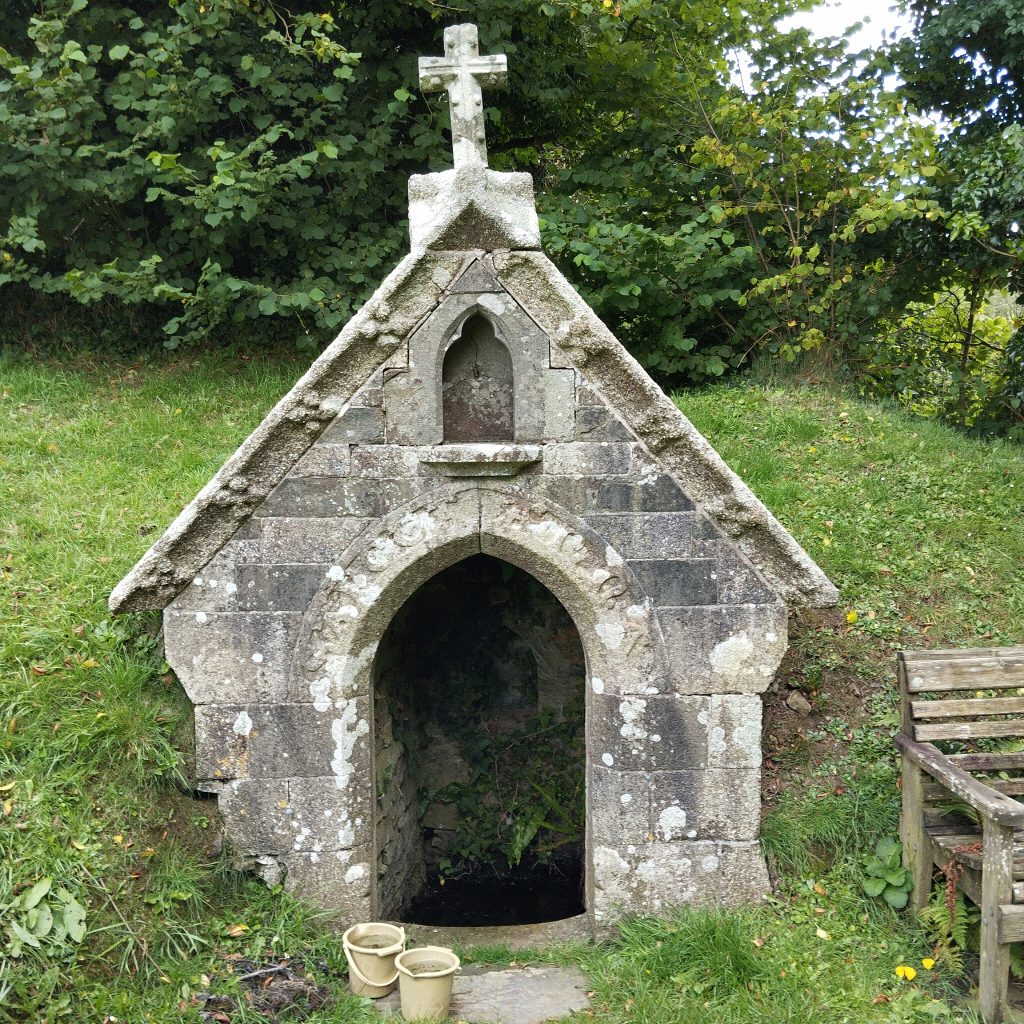
The church is dedicated to St. Anne although St. Nicholas appears in original records as early as 1309, Nestled in the sloping hillside, the tower is 56 feet high and contains five bells, which we had permission to ring .. the tower was out of bounds due to a birds nest (we’ll be back). The entrance porch has slate on end flooring and a small curious stained glass and barred window into the church. The Holy spring dedicated to the pagan goddess, Anas, inside on the back wall, is a niche with a primitive carved head above. We could also see Marhamchurch church tower.
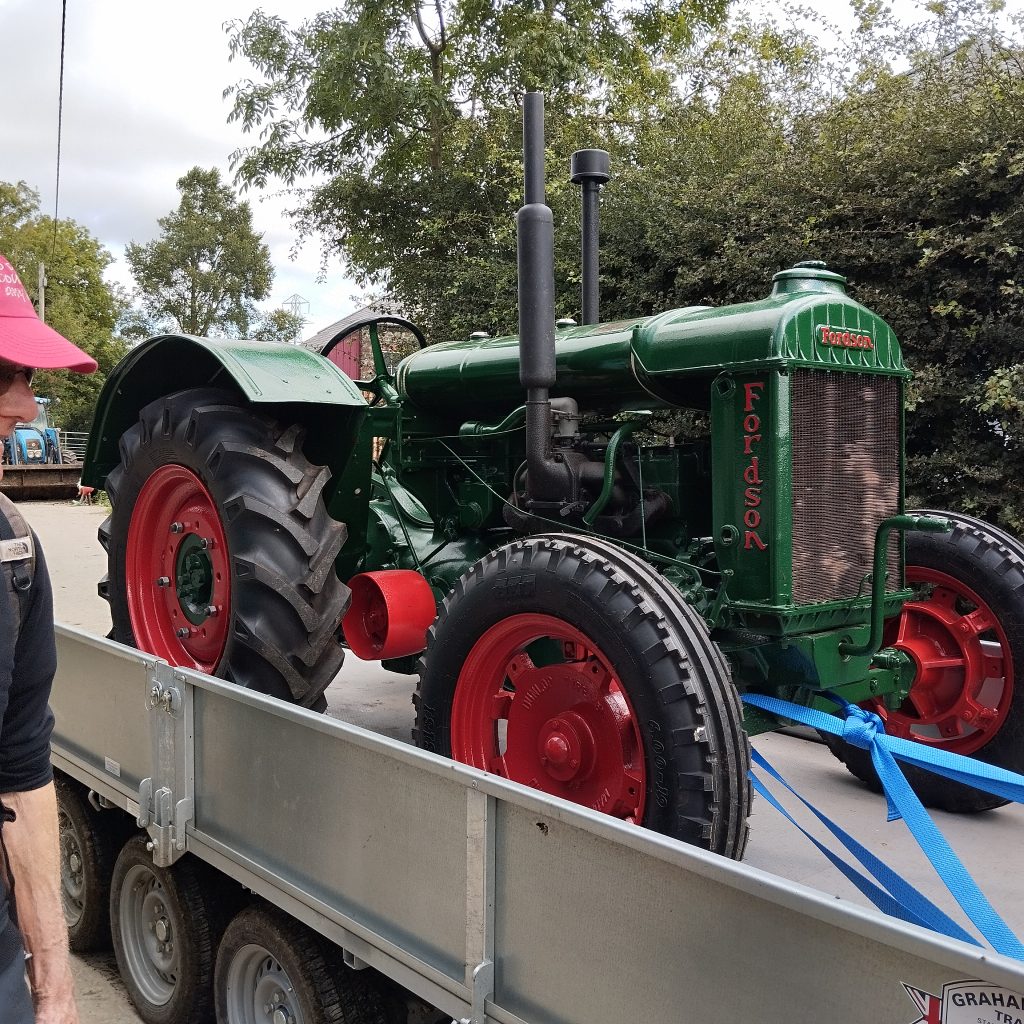
this was the best.
Rector Richard Buvyle, d.1358, rumoured to be a saint, and a number of cures took place at his grave, which is at a crossroads as thought he committed suicide. The cult spread rapidly throughout North Cornwall and Devon, turning the church into a centre of pilgrimage, The Bishop ordered an inquiry in 1361 and ten remarkable cures were verified by a jury of three vicars, three curates and six laymen specially summoned at Week St. Mary for the purpose. Once ‘official’ the cult seemed to lose interest.
Now our walk starts, heading off pass the school we turned right onto footpaths, a straight line to Nethercott farm, where we met the family looking forward to entering the local agricultural shows. We picked up roads, crossing the B3254 and back on FP through the Beardon estate, and soon back to Boyton, on the TC2C way. 8 miles exactly.
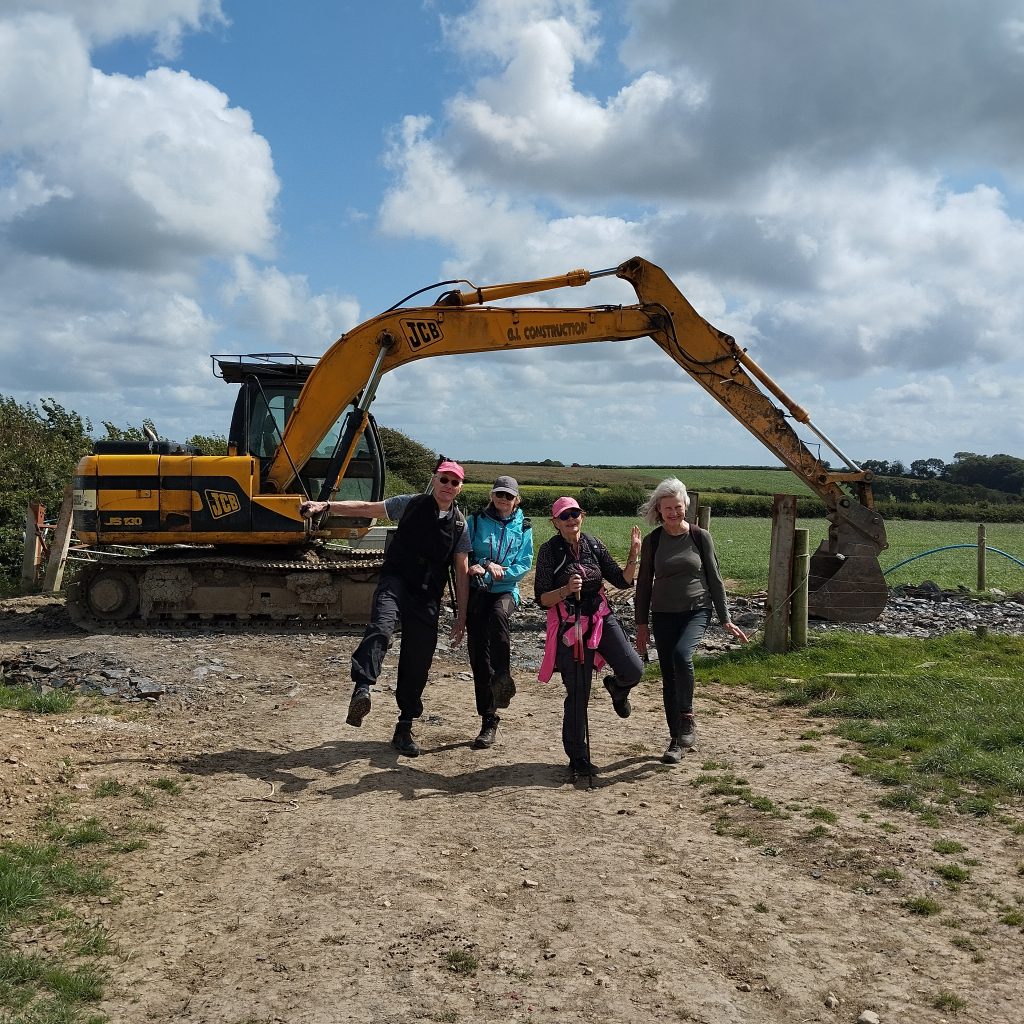
Back in the car we drove to N. Tamerton, the route of the TC2C, and stopped at St Denys church for a cuppa tea, and played snakes and ladders, the bells are currently in storage, so we’ll be back. There’s an arch over the entry gateway, a slate sundial over the porch and Robert Stephen Hawker, vicar of Morwenstow, served as curate here from 1830-1835. The Parish Victory Hall next door.
We drove over the river Tamar, and happened across Michael of Well Farm, where the family have glamping and holiday lets. His wife told us there are no footpaths in the parish. Eventually we drove back to Whitstone to the car and headed home.
